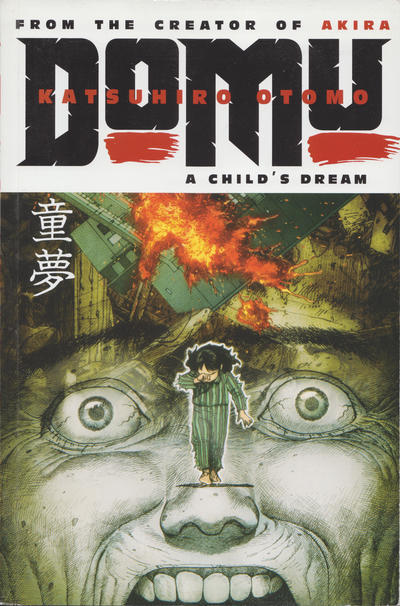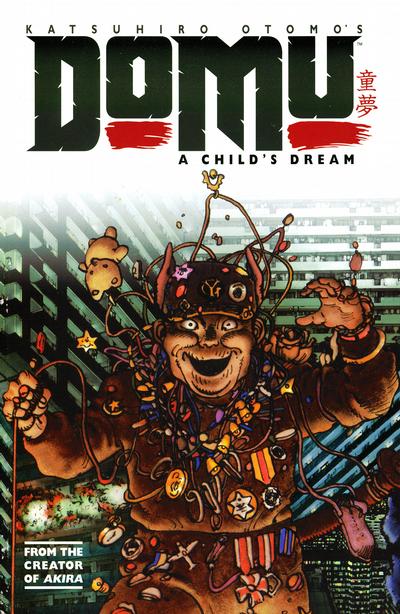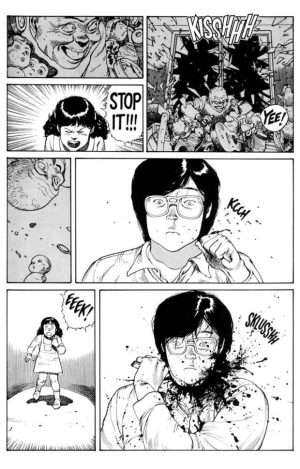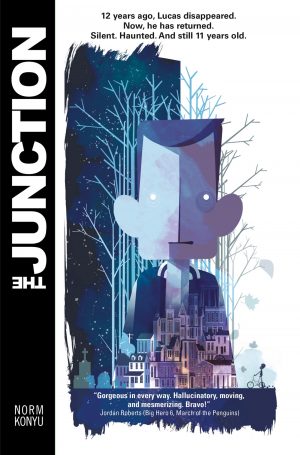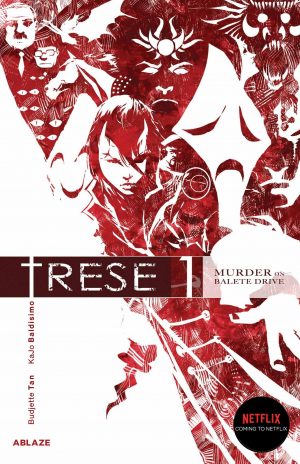Review by Diego Guerra
Thirty-six people have died in apparent suicides in less than three years in the Tsutsumi Housing Complex, a social housing development where a diverse range of characters reside. Inspector Yamagawa senses a pattern in the alleged suicides and, accompanied by Inspector Takayama, embarks on an investigation. Yamagawa even brings a psychic to the complex, but upon arrival, she refuses to enter, claiming there are bad energies in the place, and more people will die. The prediction comes true, and Yamagawa can only find a supernatural explanation for the deaths in the Tsutsumi Complex. An incredible duel ensues between Etsuko, a little girl newcomer to the complex, and the senile old Cho. Both possess telepathic and telekinetic powers, manipulating the minds of neighbours and defying gravity by floating in the air. Other characters around them also have roles. Little Yo is a gigantic mentally challenged person rumoured to have committed child abuse, and Yoshikawa is an abusive alcoholic family father. More neighbours and even police officers will die.
Since the events of Pruitt-Igoe in St. Louis, Missouri 1972, where a social housing development turned into a hell that had to be demolished, urban complexes have had a bad reputation. Prone to overcrowding and alienation, these developments tend to become small hells and uninhabitable places. Upon arriving in Tokyo, Katsuhiro Ōtomo lived for a while in one of these complexes, and as he recounts, this, along with the high suicide rates in Japan, inspired him to conceive Domu. This story merges social realism and science fiction, constants that would later appear in Akira, the author’s most famous work.
Released in 1983, Domu was a resounding success in Japan, quickly considered a milestone for both its extraordinary drawing quality and the originality, earning science fiction awards intended for conventional literature, not comics. Ōtomo creates elaborate and complex characters, with Etsuko and Old Cho becoming top-notch antagonists, but the various inhabitants are also memorable. The police officers trying to investigate, akin to those in movies, are constrained to their roles as public servants by a bureaucratic system, making them more human. The result is a story that starts slowly, showcasing the universes of these characters, and the splendours and miseries of the lower-middle class in Japan. Then it evolves into a paranormal duel between beings with mental powers, reaching a spectacular climax rarely seen in comics and perhaps only in high-budget movies.
Additionally, Ōtomo turns his settings into another character, as never before in comics inside and outside Japan. The confining prison that makes up this complex of endless hallways, and tiny apartments juxtaposed like small capsules, is drawn from every possible angle. Using perspectives emulating the effect of wide-angle lenses, the buildings are drawn as infinite presences that do not reveal anything beyond. It’s not hard to imagine people going insane in that place and understanding the mental powers of its main characters as metaphors for a catharsis of what it means to live in a real estate prison.
Domu can be read as an exciting and entertaining paranormal thriller, but also as a complex social portrait. It is a highly valuable work, and for its author, it would be just the precursor to much greater things.
